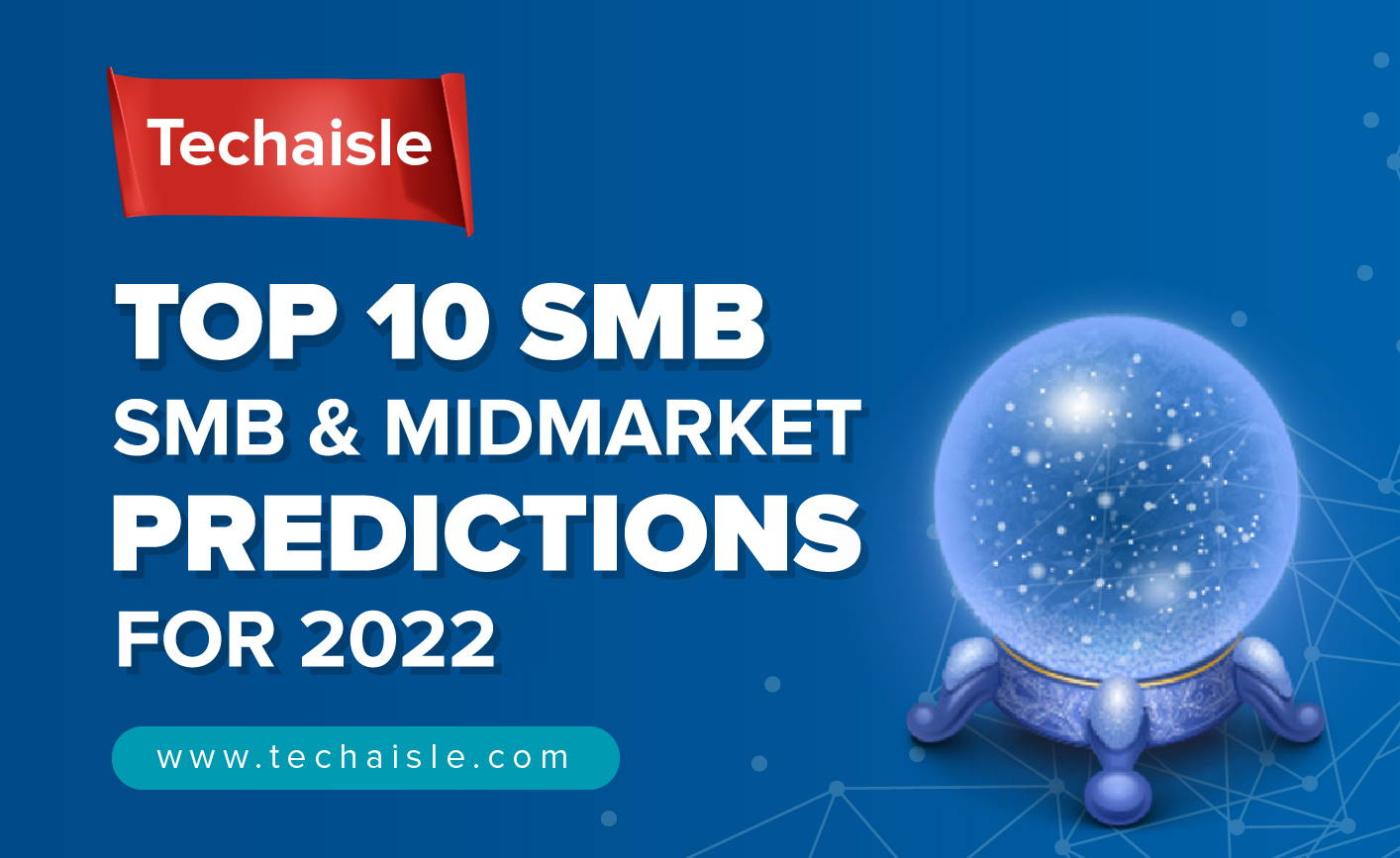Small businesses are increasingly dependent on information technology. 78% of small (1-99 employees) businesses consider technology critical to their success. These small businesses are dealing with an ever-expanding portfolio of increasingly complex applications and platform technologies. Techaisle's small business research data shows that 73% prefer to purchase from a supplier who provides business issues focused technology advisory guidance and 64% want an IT supplier vested in customer success. In an IT environment that is already very complex and likely to become more so, trusted advisors are essential to small businesses. Launched in May 2016, Dell Technologies' Small business Advisor program has been consistently simplifying the technology complexity and removing the friction from purchase decision inertia.
There is a perception that Dell advisors only sell PCs. Reality is quite different than perception. The advisors advise and sell end-to-end solutions. For complex needs, such as digital transformation, Dell has a clear second-level escalation path. The front-line advisors can raise the small business needs to large order specialists or technical resources to work on complex solutions. These specialists have the depth to look over the needs and the entire customer account from an end-to-end perspective, provide infrastructure guidance, including VMware products, and configure solutions based on the customer's requirements.
The advisors are not sales agents. Instead, they have the expertise to determine where a small business is in its technology journey and thereby provide contextual guidance. Their goal is to advise customers on what they need and what they could get, what needs to get fixed, how to fix it, and how to get the right next solution. It is a much more holistic way to drive the customer experience. For example, over the last year, a vast majority of advisor conversations were around the following topics:
- Migration to a remote workforce – What is needed to support a work-from-home environment and individuals looking to maximize their home office setup?
- General solution guidance – If using software applications such as QuickBooks, Office, or CAD, what system would work best?
- The move from cloud to on-prem or hybrid environment – What are the benefits of data management, application performance, cost, and security?
- Supporting the rapid expansion of specific industries, as a direct response to the pandemic. For example, private healthcare, transportation, and niche service companies in the market.
- Private schools and other entities enabling remote learning/training.
- Upgrading outdated technology – End-of-life software applications, operating systems, expiring warranties, and low-performing/over-tasked hardware.
- Ensuring proper security in a rapidly changing IT landscape.
None of the above are simple technology adoption questions. They are also not point-and-click PC purchases. Techaisle data indicates that there is an interesting opportunity to connect high-value guidance with click-to-buy type options. However, this kind of offering needs a more extensive consultative capability in many cases. For example, nearly three-quarters of small business buyers would like their IT suppliers to provide technical advice directly connected to business issues. In addition, almost two-thirds want an IT advisor who is "invested in customer success." Dell has a very rigorous model of getting to know the customer. Customer conversations revolve around what solution the advisors are trying to help with and what problems they are trying to solve through technology.

















